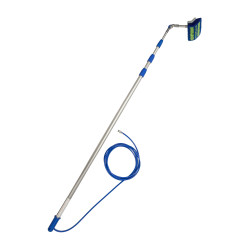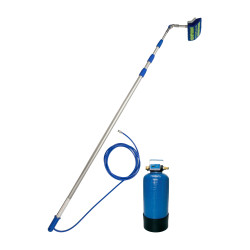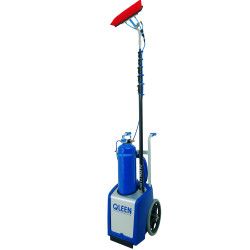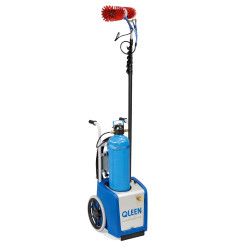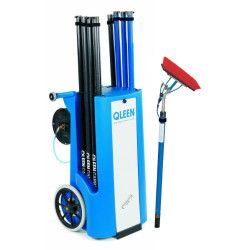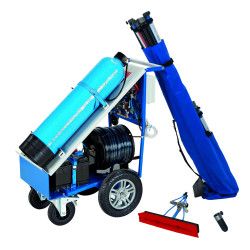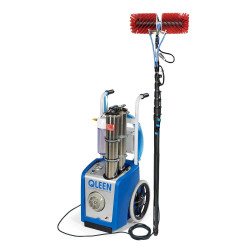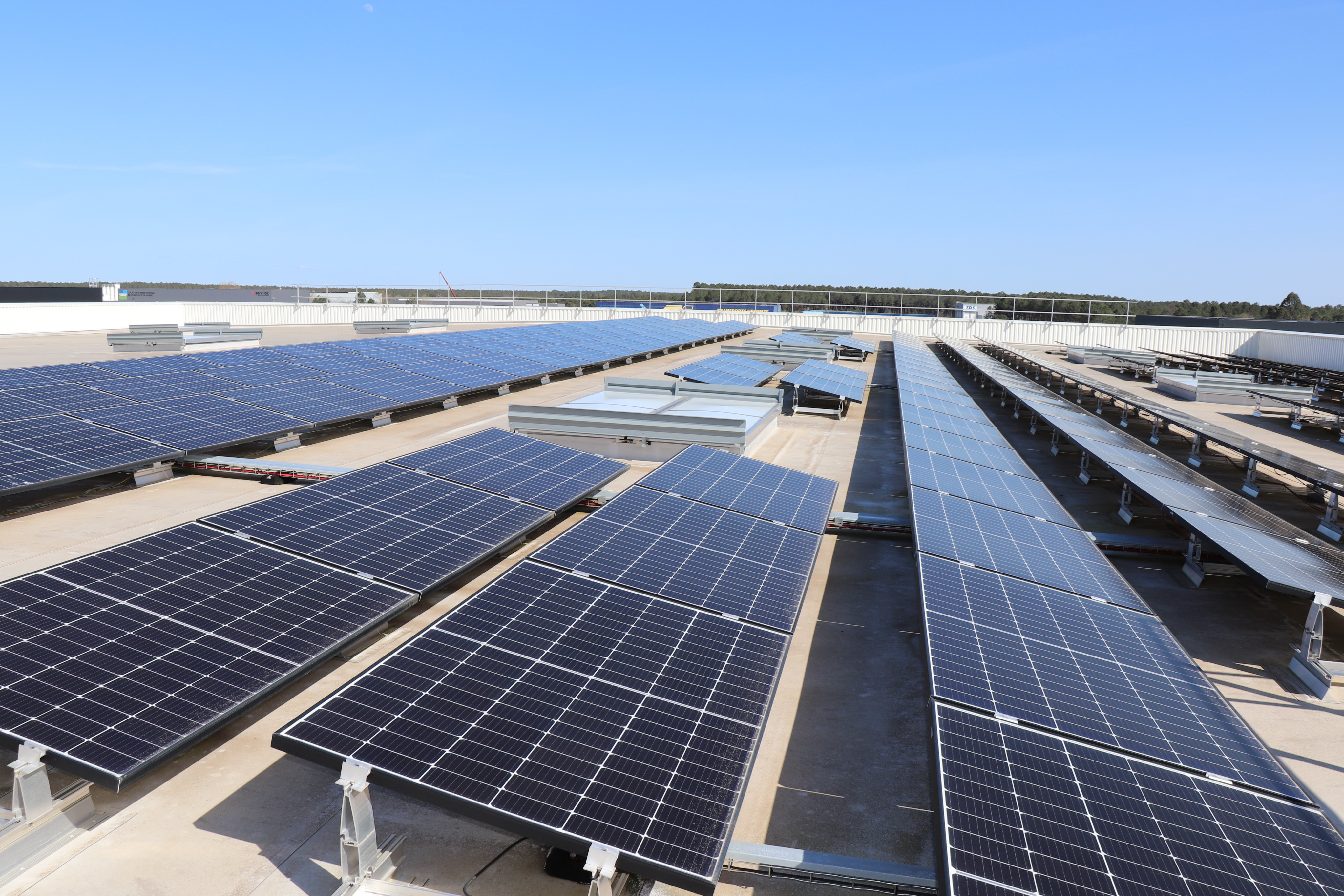
ISO, ESG, CSR: how cleaning robots can help
At a time when climate issues are more prominent than ever, companies must seriously reflect on their role and environmental impact. This is especially true as regulatory pressure increases, as shown by ISO standards, ESG criteria, and CSR policies. In this context of necessary commitment, equipping your company with a photovoltaic power plant allows you to manage electricity costs while generating revenue. Installing such a system is a step toward energy independence and also a commitment to green, renewable energy. It's a way to contribute to the vast challenge of environmental preservation. Do you agree with this approach, but find the long-term maintenance of solar panels tedious and concerning? Cleaning robots specifically designed for this task could well change your perspective.
1. An increasingly demanding regulatory framework
The Climate and Resilience Law
Adopted in 2021, this law has required since January 1, 2023, the greening or solarization of the roof or parking lot of buildings with a footprint of over 500 m², whether new or undergoing major renovation. This includes commercial, industrial, craft or administrative buildings, offices, warehouses, hangars not open to the public but used commercially, sports, recreational and leisure centers, as well as educational institutions.
These constructions must incorporate a renewable energy production system or a green roof on at least 30% of the roof or parking surface. This percentage will increase to 40% in 2026, and 50% in 2027.
The aim of this measure is to accelerate the energy transition and support the national goal of carbon neutrality.
Sources: https://entreprendre.service-public.fr/vosdroits/F38107
What are the implications for businesses?
Businesses concerned can benefit from this law in several ways:
• Regulatory compliance: avoiding administrative sanctions and project delays.
• Social responsibility: meeting the expectations of customers, investors, banks, communities, and the government.
• Strategic investment: solar installations enable both ecological commitment and long-term cost savings and/or financial gain.
ISO standards and ESG criteria as key pillars.
• ISO: International Organization for Standardization.
• ESG: Environmental, Social, and Governance.
• CSR: Corporate Social Responsibility.
ISO 14001 standard structures environmental management: waste reduction, lower water and energy consumption, etc.
ISO 50001 standard, focused on energy management, aims to improve organizations' energy performance: real-time energy consumption monitoring, optimization of energy-intensive equipment and processes, and reduction of greenhouse gas emissions.
ESG criteria assess company responsibility in the following areas:
◦ E (Environmental): energy, resource, and waste management, greenhouse gas emissions.
◦ S (Social): working conditions, safety, equality, respect for human rights.
◦ G (Governance): transparency, ethics, risk management.
These sustainability criteria are increasingly used by investors to evaluate companies' non-financial performance.
2. Cleaning robots: a tool for meeting CSR requirements
Once a solar power plant is installed, proper maintenance is essential. It ensures optimal energy performance of the installation. Photovoltaic plants installed on the types of buildings mentioned above are often large in size. Choosing automated robotic cleaning can therefore be especially wise. This system offers the following benefits:
• Maintains high energy efficiency: regular cleaning can prevent up to 30% efficiency loss. In addition, autonomous monitoring and preventive maintenance further optimize plant performance. Some robots clean 300 to 400 m² per hour, enabling quick cleaning of large areas and making the investment worthwhile.
• Reduces the company's ecological footprint: robots use pure water—demineralized and chemical-free—managed efficiently.
• Improves occupational health and safety: by limiting the need for employees to work at height, thus reducing related risks and physical strain.
• Ensures consistent quality: cleaning robots often deliver highly satisfactory results.
3. Real added value for businesses
Simplified reporting and action traceability
In addition to improving solar panel efficiency and enhancing quality of work life (QWL) and ergonomics for cleaning staff, cleaning robots increase transparency in environmental reporting, helping businesses meet current standards. Indeed, automated operation tracking can be included in CSR audits or ESG evaluations.
A boost for brand image
By adopting sustainable technologies and pairing solar installations with robotic cleaning, companies present themselves as responsible brands. Today’s public is increasingly sensitive to environmental actions taken by organizations. This represents a true competitive advantage.
In short, while solar panel installation has become essential for many in a CSR context, robotic cleaning is also a strategic lever not to overlook. Other options are available too, such as rotating brushes with carbon telescopic poles (Qleen), which also enable pure water cleaning.

 Français
Français
 English
English
